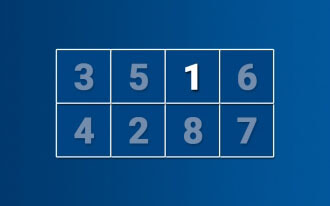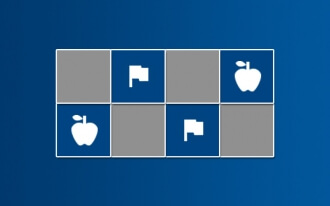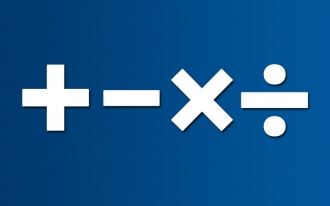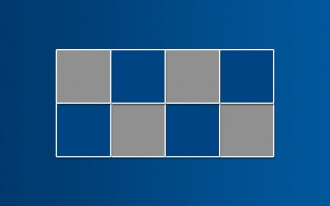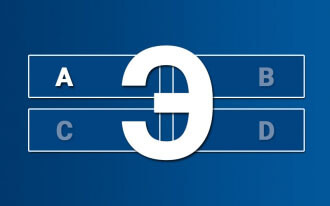- BRAINTRAIN |
- Trainers |
- Memory Training |
- Word Sorter
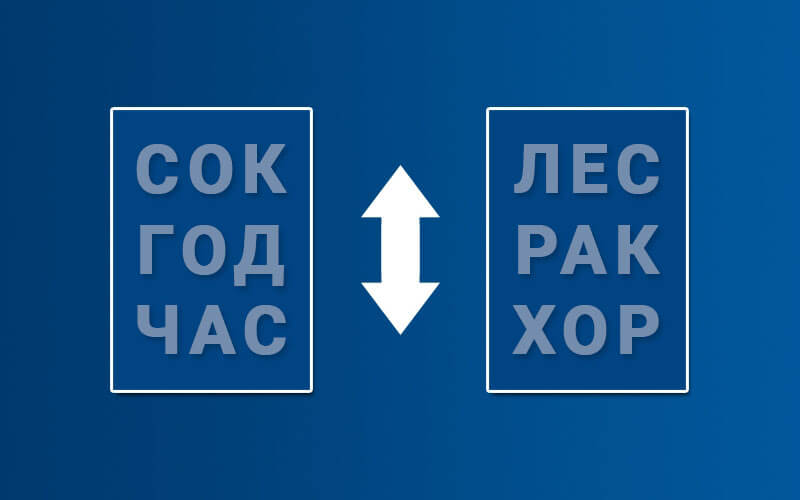
- Develops short-term memory
- Focuses attention
- Develops figurative memory
7323 KS: 44
An effective trainer from the Mozgotren collection for developing memory and attention, based on memorizing words and their positions relative to each other. It can be used as an exercise to enhance attentiveness, as it requires precise reproduction of word placements.
A range of additions and complications make the difficulty settings highly flexible, allowing you to choose the desired load during training. Despite its versatility, it is often positioned as an online memory trainer, as it has the most pronounced effect on expanding short-term and working memory.
This group of memory trainers also includes “Number Sorter” and “Color Sorter,” which add variety to repetitive exercises.
What it trains
Although this exercise is in the memory section, it is not narrowly focused. On the contrary, training with this brain trainer has a comprehensive positive impact on various analyzer systems.
Short-term memory – the tasks are designed so that completing the training requires constantly memorizing a group of logically unrelated words arranged in a specific order. However, there is still room for logical thinking, as each person chooses their own method for memorizing the order, and the choice of method also affects the task’s completion speed. Regularly retaining lists of random words in memory and then replacing them with others leads to effective short-term memory training. Words are ideal for this process because information encoding in short-term storage occurs not as images but as audio data. In practice, we mentally rehearse the information we hold in temporary memory, and for longer retention, it needs to be transformed into an image.
Attention – the key to success in this training. The level of concentration on each task determines the ability to accurately reproduce the placement of all listed words, which effectively develops both memory and attention during training. The load on this system largely depends on the chosen difficulty settings, as the number of word groups changes, which can significantly scatter attention in practice.
Spatial memory – the ability to engage the brain’s navigational centers is present, but the small volume of memorized words and their frequent replacement do not provide the conditions needed to thoroughly work these cortical areas. Photographic memory, unique to certain individuals, can significantly alter the training process, but its effect will not be as pronounced as when sorting objects or images, as identifying words still requires transferring them to short-term memory through reading.
Figurative memory – this is more commonly used by experienced users familiar with mnemonic techniques and able to quickly convert words into images. This method allows memorizing much more information but requires training and a certain level of skill.
Rules
Before starting the game, you need to set its difficulty level, primarily the number of word lists displayed simultaneously on the playing field. This can range from 1 to 3, and you’ll notice the difficulty coefficient in the top-left corner changing accordingly. The number of words in each list is not selectable and increases gradually as the exercise is completed correctly.
English – foreign language words not only complicate image formation and slow reading speed but also provide an opportunity to practice the language during the game.
Rotation – changing the spatial orientation of words naturally slows their identification and helps increase concentration, which is beneficial for attention training.
At the start of the game, a list of words appears on the playing field, and you must memorize their order. Then, press the “I’ve memorized” button and drag the words to restore the order. The answer is recorded when you press the “check” button; correctly placed words are highlighted in green, while others are in red.
Restart – restarts the game, keeping all difficulty settings unchanged.
Scoring
For convenient tracking of each training’s results, you are awarded a corresponding number of points upon completion, based on several key indicators.
The formula for scoring points for a correct answer is as follows:
Your total points + DC*Level
DC – difficulty coefficient, which depends on the difficulty settings chosen before the test. You can see this number in the top-left corner of the playing field. Increasing the difficulty settings raises the difficulty coefficient.
Level – a variable value that starts at a minimum at the beginning of the training and increases by one position with each correct answer. An incorrect answer lowers the level by one position.
The formula for deducting points for an incorrect answer is as follows:
Your total points – (DC*Level)/2
The total points never go into negative values.
Multiplayer
For a more engaging training experience, you can invite friends and hold a competition. After selecting the difficulty settings, go to the multiplayer section and share the link with friends by copying it or clicking the icon of the desired social network.
The competition can begin once all players confirm their readiness (the “Ready to play” button).
Word lists for both opponents appear on the screen simultaneously, and each player presses the “I’ve memorized” button when ready. The correct answer is credited to the player who submits it first. The opponent’s answer is not counted, and the task refreshes. If the first opponent submits an incorrect answer, the task does not refresh until the other player responds.
In the top-left corner of the playing field, you can track the current points for yourself and your opponent. A green score indicates you’re leading, while red signals you’re trailing.
